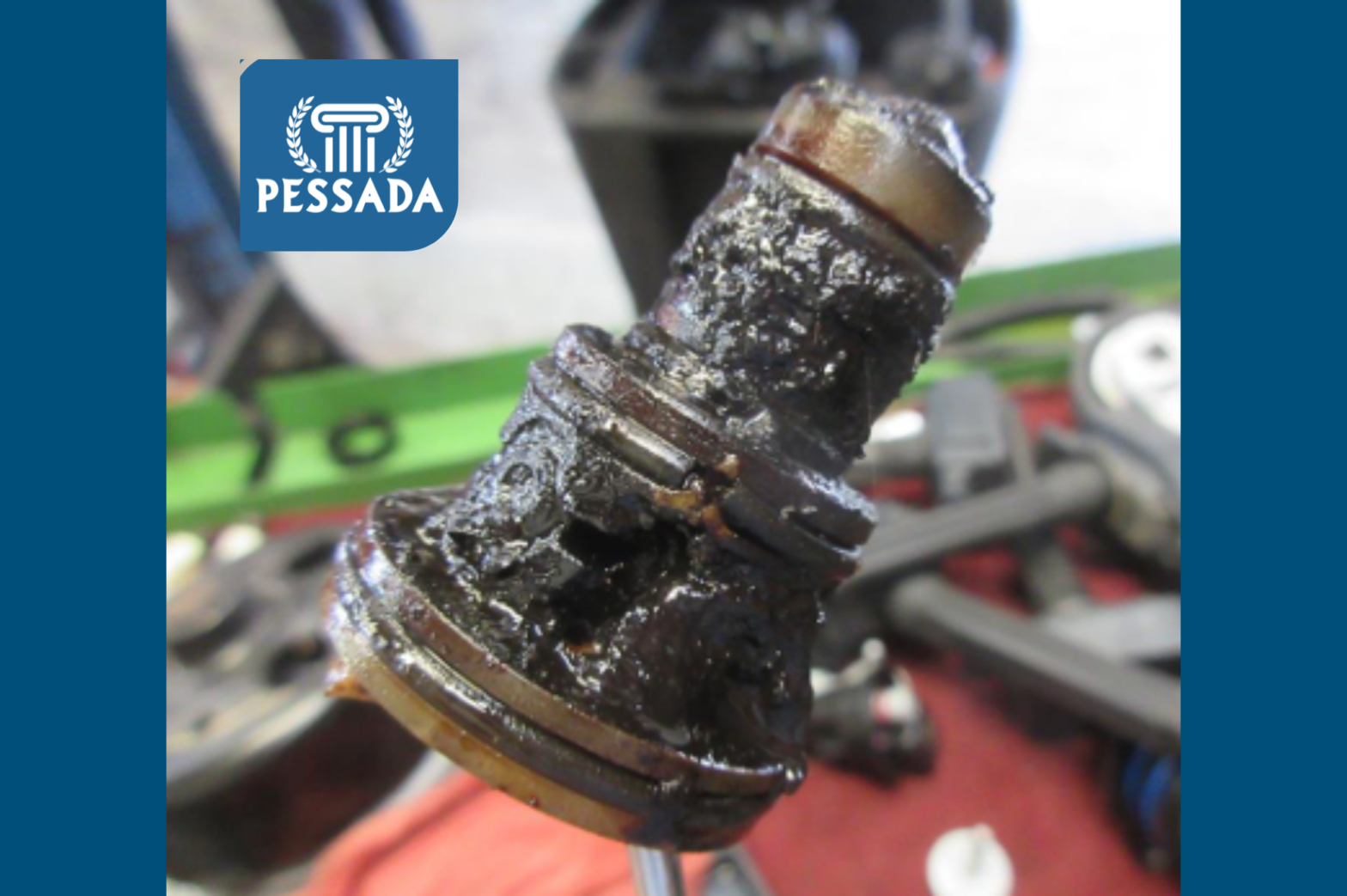Engine Sludge: Top Causes and Proven Prevention Tips Every Driver Must Know

Engine sludge is one of the most silent, yet devastating, threats to vehicle performance and longevity. For many drivers, sludge buildup happens gradually, without obvious warning signs, until the engine suddenly begins showing symptoms of stress, poor lubrication, and eventual failure.
If you’ve ever wondered what causes engine sludge and how to prevent engine sludge, this comprehensive guide will walk you through the causes, warning signs, prevention methods, and treatment options. By the end, you’ll know exactly how to protect your engine from this costly problem.
What Is Engine Sludge?
Engine sludge is a thick, sticky, tar-like deposit that forms when motor oil breaks down inside the engine. Over time, oil contaminated by dirt, fuel, and moisture oxidizes and hardens, clogging vital oil passages and restricting flow. When this happens, the engine cannot stay properly lubricated, which leads to overheating, metal-on-metal wear, and premature engine failure.
According to the Society of Automotive Engineers (SAE), oil sludge buildup is one of the leading contributors to engine breakdowns in vehicles that lack consistent maintenance. Once sludge forms, it becomes difficult to remove without professional cleaning or engine teardown.
What Causes Engine Sludge?
There isn’t a single cause of sludge buildup, it’s usually the result of multiple conditions that accelerate oil degradation. The primary causes of engine sludge include:
-
Infrequent Oil Changes – When oil isn’t replaced on schedule, it collects contaminants and loses viscosity, eventually hardening into sludge.
-
Poor-Quality Oil – Cheap or low-grade oil lacks the detergents and additives needed to resist breakdown.
-
Short Driving Trips – Engines that never reach full operating temperature can’t burn off moisture and fuel vapors, leading to sludge accumulation.
-
Overheating Engines – Excessive heat accelerates oil oxidation, thickening the oil and leaving behind sticky residue.
-
Neglected Oil Filters – A clogged or old filter allows impurities to circulate, feeding sludge buildup.
Signs and Symptoms of Engine Sludge
One of the biggest challenges with sludge is that it often builds up silently. However, drivers can watch for these signs of engine sludge:
-
Oil warning light illuminated on the dashboard
-
Poor engine performance or rough idling
-
Low oil pressure readings
-
Ticking or knocking noises from the engine
-
Dark, gritty oil visible on the dipstick
If you notice any of these symptoms, it’s crucial to act quickly. Waiting too long can lead to expensive repairs or even full engine replacement.
AAA Auto Repair Guide notes that delayed oil changes are the #1 cause of sludge formation.
How to Prevent Engine Sludge
The good news? Sludge is preventable with consistent maintenance and smart driving habits. Here are proven tips for engine sludge prevention:
- Follow Manufacturer Oil Change Intervals – Most vehicles recommend 5,000–7,500 miles between oil changes with synthetic oil, though some may vary.
-
Use Synthetic Oil – Synthetic oil resists heat and oxidation, making it the best oil to prevent engine sludge.
-
Replace the Oil Filter Regularly – A new filter ensures contaminants are trapped and don’t circulate in the oil system.
-
Limit Short Trips – Combine errands when possible so your engine reaches full temperature and burns off excess moisture.
-
Address Overheating Quickly – Fix cooling system issues immediately to prevent accelerated oil breakdown.
Engine Sludge Removal and Treatment Options
If you already suspect sludge, you may be wondering: how to clean engine sludge? The options vary depending on severity:
-
Mild Buildup – Switching to synthetic oil and performing multiple short-interval oil changes can help dissolve light deposits.
-
Engine Flush Products – Some mechanics recommend specialized cleaners to break down sludge, but results vary.
-
Severe Sludge Buildup – In advanced cases, sludge removal may require partial engine teardown or professional deep cleaning.
MotorTrend reports that some sludge-prone engines, such as certain Toyota and Volkswagen models from the early 2000s, required manufacturer interventions to correct oil circulation issues.
The Cost of Ignoring Engine Sludge
Sludge may start small, but if left untreated, the long-term damage can be catastrophic.
Restricted oil flow leads to:
-
Overheated engine components
-
Worn-out bearings
-
Damaged pistons and crankshafts
-
Complete engine seizure
According to Edmunds, the average cost of replacing an engine ranges from $4,000–$10,000, far more than the preventive cost of regular oil changes.
Keep Your Engine Clean and Protected
Engine sludge may be common, but it’s not inevitable. With consistent oil changes, synthetic oil use, and smart driving habits, you can avoid the costly consequences of sludge buildup. Prevention is always cheaper than engine repair.
To learn more about protecting your vehicle and maximizing its lifespan, visit our Pessada Education Center for more guides, insights, and tips from industry experts.


